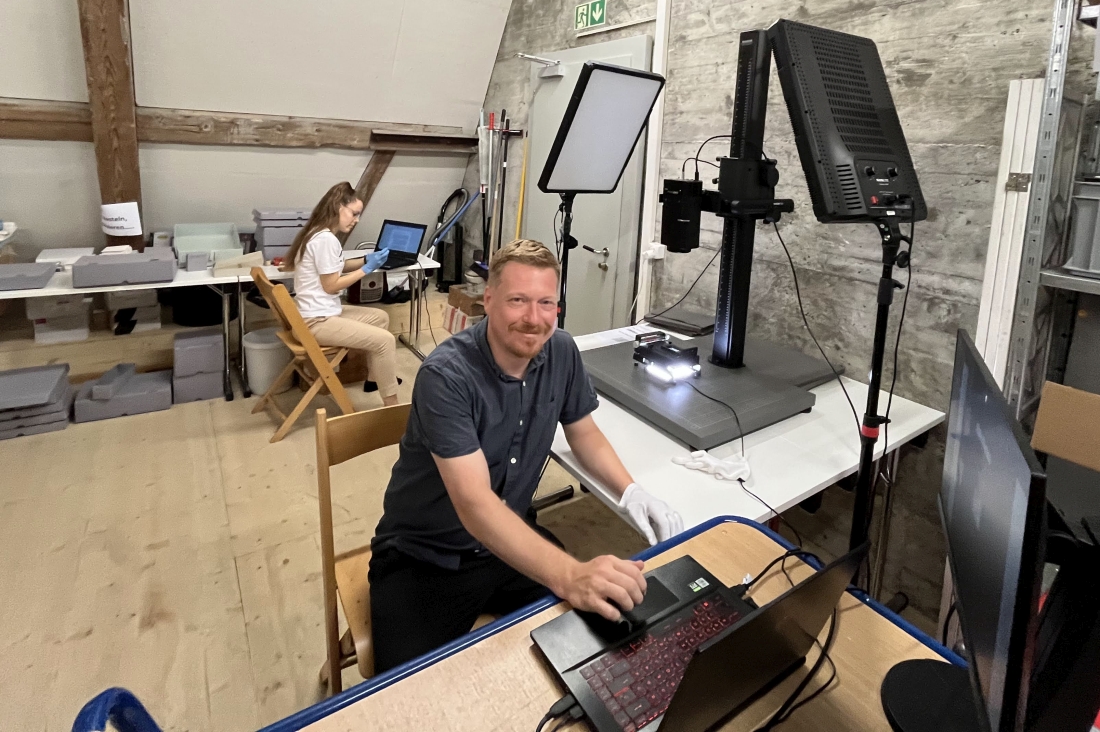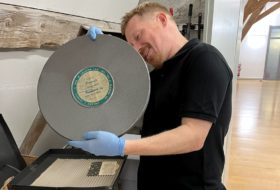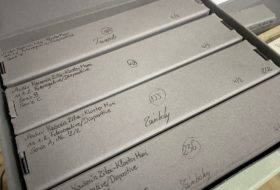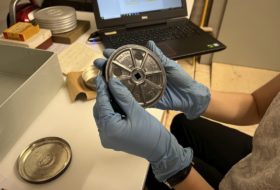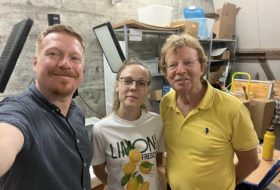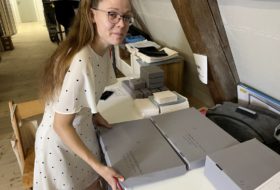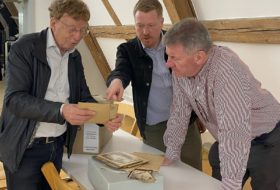The Benedictine Abbey of Muri occupies a pivotal role in the historical narrative of the Habsburg dynasty. Founded in 1027 by Count Radbot of Habsburg, the monastery is traditionally regarded as the “cradle” of the family. It serves as the final resting place for numerous members of the Habsburg lineage, and functioned for centuries as a central locus of the dynasty’s intellectual and spiritual life. In the twentieth century, Muri Abbey once again reemerged as a site of considerable significance, taking on the role of housing the Archiv Kaiserin Zita – Kloster Muri. This archive preserves the documentary, material, and photographic heritage of the last royal couple of Austria-Hungary, Charles and Zita, along with their descendants. The processing of this collection represents not only a crucial archival endeavour but also an undertaking of profound symbolic value, bridging the family’s medieval origins with its modern historical consciousness.
The current project was a continuation of the collaborative framework established during the Foundation’s previous visits, with the objective of systematically uncovering, digitising, and ensuring the long-term preservation of the Habsburg family’s 20th-century photographic legacy. The collections housed in Muri and Budapest are mutually complementary, rendering sustained professional collaboration indispensable not only for both institutions but also for the international research community.
In August 2025, Szilveszter Dékány and Zita Lőrincz, members of the Otto von Habsburg Foundation’s Photo and Audiovisual Collection team, arranged and digitised a portion of the photographic material from the Archiv Kaiserin Zita collection. The heritage is preserved on various media, including glass plate negatives, film negatives, slides, albums, and film recordings, spanning from the 1880s to the end of the twentieth century. It contains numerous original photographs taken by members of the Habsburg and Bourbon-Parma families, offering previously unseen perspectives on the early life of Empress Zita. During the organisation process, several rare items were uncovered, which are significant not only for family history but also for Hungarian cultural memory. One of the most remarkable parts is a series of glass negatives from 1922, created by the renowned Funchal studio, Perestrellos Photographos, depicting the funeral bier of Charles I. Equally unique are the photographs taken by Pál Zsámboky, the Hungarian tutor of the Habsburg children, as well as a colour film recording of the 1951 wedding of Otto von Habsburg and Regina of Saxe-Meiningen in Nancy. The most delicate segment, the assemblage of glass negatives and film negatives, has been sorted and digitised entirely.
As envisaged, the forthcoming phase of our collaborative endeavour will encompass additional photographic materials and documents, thereby further augmenting the corpus of primary sources relating to the twentieth-century history of the Habsburg family. The systematic arrangement and digital conversion of these holdings will establish a strong basis, facilitating not only rigorous scholarly inquiry but also the development of exhibitions and online databases intended for enduring public access. Through these measures, the photographic corpus of notable historical relevance will not only be preserved but will also actively contribute to the enrichment of the collective memory.
We want to extend our sincere gratitude to the relevant members of the Habsburg family, as well as to Dr Josef Kunz, Archivist, for their invaluable support and assistance.
The Abbey of Muri is set to commemorate its millennial anniversary in 2027. By that time, the ongoing processing and digitisation will have yielded a substantially more comprehensive understanding of a historical legacy that embodies family history, national remembrance, and the shared cultural heritage of Central Europe.
